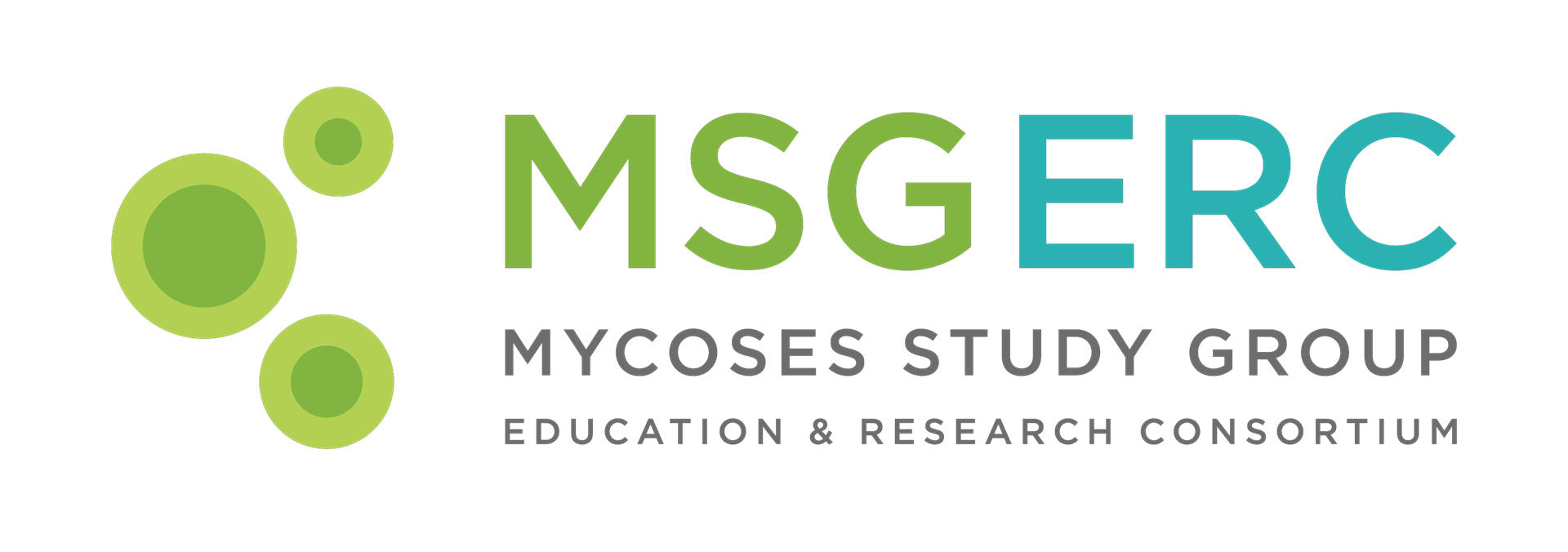501(C)(3) non-profit
History
The Mycoses Study Group (MSGERC) was initiated as a contract through the NIH National Institute of Allergy and Infectious Diseases (NIAID) in 1978 and awarded to the University of Alabama at Birmingham (UAB), under the direction of Principal Investigator, William E. Dismukes, M.D. to perform multicenter collaborative clinical trials for prevention and treatment of invasive fungal infections.
Subsequently, this award underwent re-competition every 5 to 6 years, and each time was re-awarded to UAB as the Coordinating Center for participating investigators until it’s final award in 2001. In 2005, NIAID elected to terminate rather than re-compete this longstanding contract, thus ending an almost 30-year relationship between clinical investigators and the NIAID, effective April 2007.
MSGERC expanded as a global group of investigators, expanding from the US to 21 additional countries, including Canada, United Kingdom, Australia, and countries in Europe, South America, Africa, and Asia. Collectively, MSGERC continued to carry out its collective mission of studying emerging fungal pathogens, examining new approaches to the prevention and therapy of the invasive mycoses, and to expand its role into the area of fungal diagnostics in an ad hoc basis with funds from non-NIH study sponsors.
Background
In the first decade of its existence (1978-1988), the main focus of the MSGERC was the therapy of relatively rare mycoses including cryptococcosis and the endemic mycoses including histoplasmosis, blastomycosis, and coccidioidomycosis.
The first randomized and controlled studies of invasive mycoses were carried out under the auspices of this group. Sentinel studies of the therapy for each of these disorders led to important insights into the therapy of these mycoses, and helped to usher in a new era of excellence in the conduct of clinical research.
Through its history of successfully conducted clinical trials, the MSGERC effectively “raised the bar” for all clinical trials, including mycology and non-mycology studies. In the decade of the 1990s, the MSGERC shifted its focus from the endemic mycoses and cryptococcosis to the treatment of candidemia, cryptococcosis in the HIV-infected patient, and empiric antifungal therapy in the persistently febrile and neutropenic patient.
During this period, the MSGERC conducted the first large randomized controlled trial comparing two antifungal agents for the treatment of invasive candidiasis, two major trials for the treatment of cryptococcosis in patients with AIDS, and the first large randomized trial comparing two agents for the empiric antifungal treatment of patients with persistent fever and neutropenia.
The results of these studies have had an enduring impact on the manner in which patients with these disorders are managed, and have effectively created the standard to which all other new therapeutic approaches are compared. By the end of the 1990’s the MSGERC had successfully conducted over 40 clinical trials in mycology, more than any NIH-sponsored study group. Furthermore, there have been over 250 publications and multiple textbooks derived from MSGERC-related activities.
Since its inception in 1978, the MSGERC has made important contributions to the study of infectious diseases, and especially to clinical mycology. These include 1) establishing clinical mycology as a discipline, 2) enhancing the performance of clinical trials, 3) training clinical investigators in mycology, 3) establishing collaborations with pharmaceutical companies that have become a model for joint industry-academia-government relationships involving clinical trials, and 5) advancing the management of invasive mycoses.

